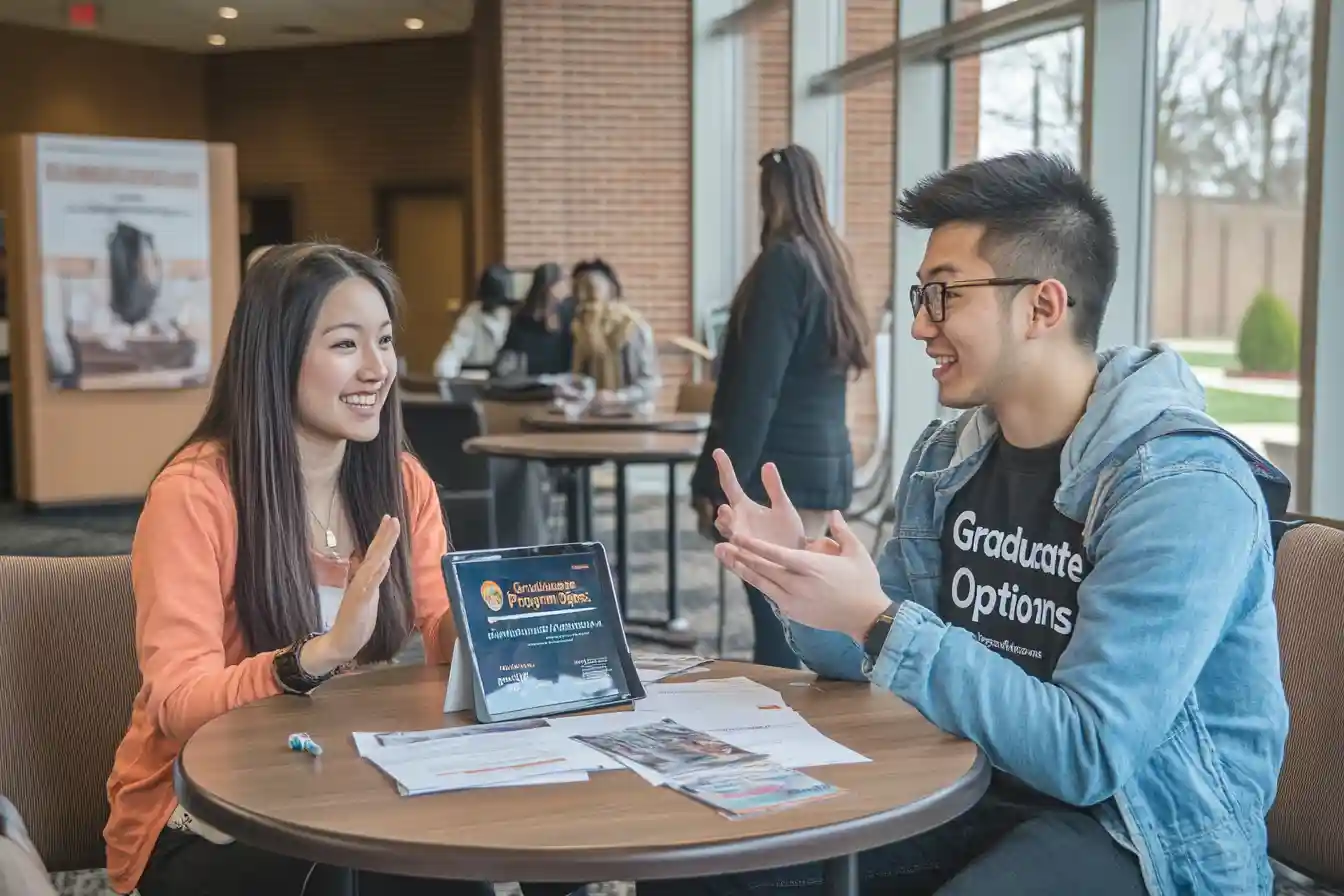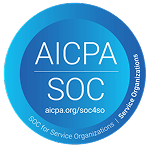Why study for a master’s degree in the United States?
The U.S. offers foreign students unique advantages that go beyond academics:
Career-driven education: Many U.S. programs are designed to connect classroom learning to real-world applications. Business schools, engineering programs and tech-focused degrees work closely with employers to align curriculum with industry needs.
Work experience through OPT and STEM OPT: Foreign students who study abroad in the United States can gain up to 12 months of optional practical training (OPT) after graduation. Students who complete eligible STEM degrees can qualify for a 24-month STEM OPT extension, offering up to three years of U.S. work experience without needing immediate sponsorship.
Global brand recognition: A master’s degree from a recognized U.S. institution can carry significant weight with employers both in the United States and around the world.
Specialized programs for foreign students: Many universities offer master’s degrees that are specifically structured to support international students. Programs often include career workshops, immigration support and pathways to long-term work authorization.


